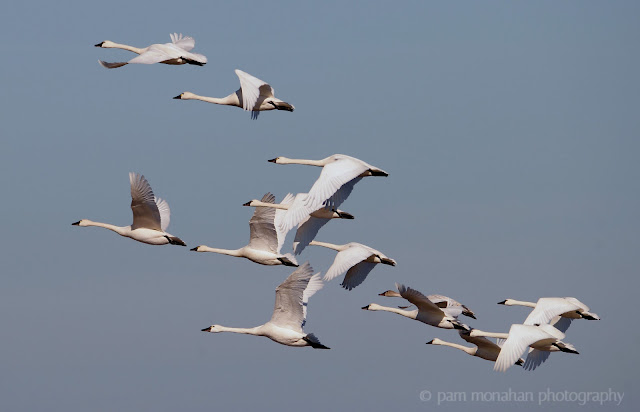This is one method that I use in photographing wildlife. It's not for everyone, but it has worked many times for me. This is about a young White-tailed buck that I encountered many weeks ago on private property adjacent to VA Beach National Golf Course. I posted the photo earlier but this is the story behind it:
I have learned a lot about wildlife from friends and family who hunt. We have a lot in common, beginning with our mutual love of Nature and our passion about the health of the environment. My deer hunting friends recently provided me with some tips about deer behavior and how they work to "get the shot." I used this information to manage this close up portrait of a White-tailed buck.
I had been stalking this deer for a number of weeks. I knew what it liked to eat, and where and when. I found its water supply. I knew it was in a small herd, mostly does, yearlings, and at least one younger buck. All my stalking took place in my SUV, as this was in VA Beach city limits. This photo took hours of preparation and I am quite pleased with the result.
So, if you think you can "sneak up" on wildlife, you are wrong. You may encounter it with a little luck and maybe just driving by, and if you do, I hope you treasure that moment and get some nice shots. But, if you want to learn about your target/subject, I suggest you use this method. Again, I waited for a couple of hours on this day, in my SUV, for the deer herd to appear to feed or to drink. They did, and this close up of the buck is one of the results.







